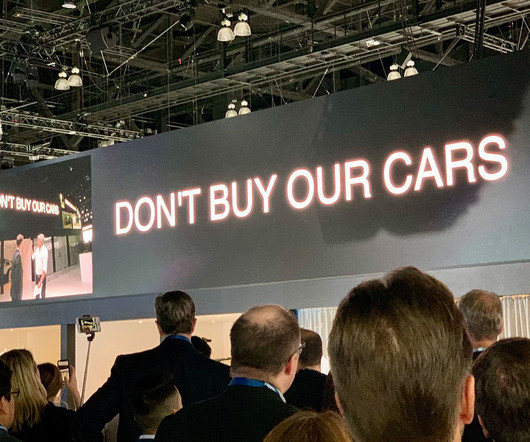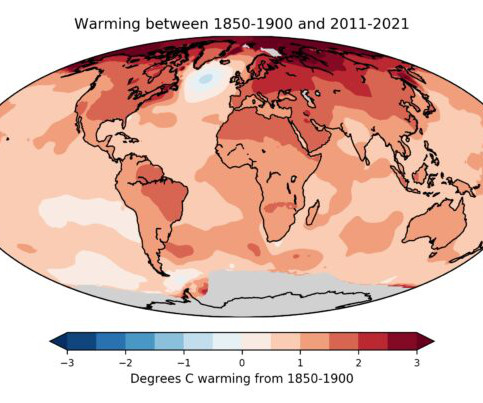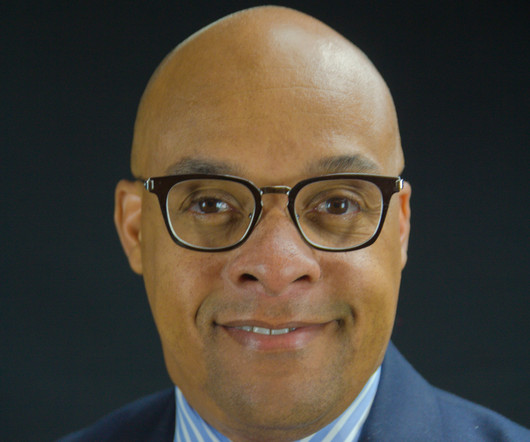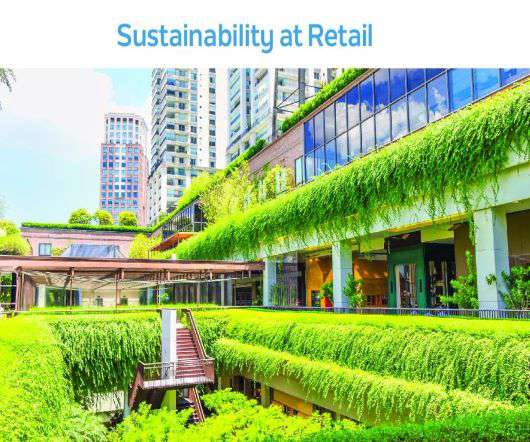How Mounting Rubber Demand Is Driving Loss of Tropical Forests
Yale E360
DECEMBER 4, 2023
The growing market for rubber is a major, but largely overlooked, cause of tropical deforestation, new analysis shows. Most of the rubber goes to produce tires, more than 2 billion a year, and experts warn the transition to electric vehicles could accelerate rubber use.












































Let's personalize your content